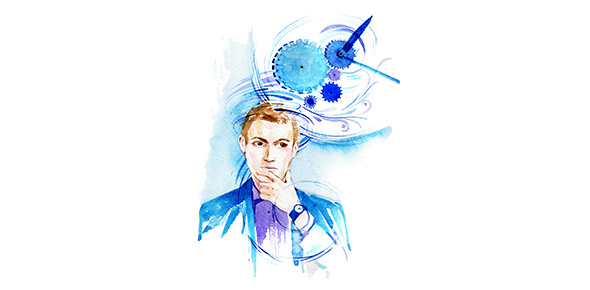Related Flashcards
Cards In This Set
| Front | Back |
|
Importance Message Involvement Mood Reinforcement Punishment Repetition Imagery High imagery fords leave a dual code in memory |
Characteristics of Learning
|
|
~ Value consumer places on information to be learned. ~ Differentiates high-involvement learning from low-involvement learning. |
Importance
|
|
, e.g., AFLAC or Energizer Bunny
|
Message Involvement
|
|
PositiveMoodEnhancesRelationalProcessing
|
Mood–
|
|
Pleasant or desired consequence.
|
Reinforcement
Positive Reinforcement – |
|
Removal or avoidance of an unpleasant consequence.
|
Negative
Reinforcement –
|
|
Opposite of reinforcement; any consequence which decreases
the
likelihood that a given response will be repeated in the future. |
Punishment –
|
|
Increases the strength and speed of learning. Effects directly related to the importance and reinforcement. |
Repetition
|
|
?: (1) Verbal & (2) Pictorial |
High imagery fords leave a dual code in memory
|
|
Total accumulation of prior learning experiences. |
Memory:
|
|
Very Limited Capacity “Working Memory” Maintenance Rehearsal – Elaboration – |
Short-Term Memory-
|
|
Continual repetition of a piece of information in order to hold it in current memory for use in problem solving or transferral to long-term memory.
|
Maintenance Rehearsal –
|
|
The use of previously stored experiences, values,
attitudes, beliefs, and feelings to interpret and evaluate information in working memory as well as to add relevant previously stored information. |
Elaboration –
|
|
Unlimited, Permanent Storage
Semantic Memory Episodic Memory Schematic Memory Script |
Long-Term Memory
|
|
Procedure for doing various things learned over time
E.g., restaurant ?: make reservation travel to restaurant await seating order drinks study menu order have dessert and/or coffee pay check and leave tip |
Script
|





